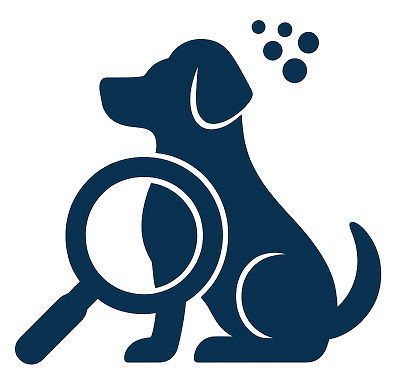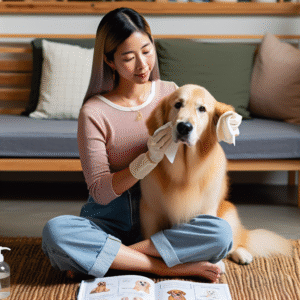
Dog separation anxiety is a common behavioral issue that affects many dogs worldwide. It occurs when a dog becomes distressed or anxious upon being separated from their owner or left alone. This anxiety can manifest in various ways, including excessive barking, destructive behavior, and even attempts to escape. Understanding the root cause of this anxiety is crucial for providing effective solutions and improving the well-being of both the dog and the owner.
Identifying the Symptoms
Recognizing the symptoms of separation anxiety is the first step in addressing the issue. Common signs include:
- Excessive barking or whining when left alone
- Destructive behavior such as chewing furniture or scratching doors
- Attempting to escape from the house or crate
- Pacing or restlessness
- Urinating or defecating indoors despite being house-trained
- Excessive salivation or drooling
If your dog exhibits these behaviors primarily when you are not around, it may be suffering from separation anxiety.
Causes of Separation Anxiety
Several factors can contribute to the development of separation anxiety in dogs. These include:
Change in Environment
Moving to a new home or a significant change in the household, such as a new family member or pet, can trigger anxiety in dogs.
Change in Routine
Dogs thrive on routine, and sudden changes in their daily schedule, such as a new work routine for the owner, can lead to anxiety.
Traumatic Experiences
Past trauma, such as abandonment or a previous owner’s neglect, can result in separation anxiety.
Genetic Predisposition
Some breeds are more prone to anxiety-related issues due to their genetic makeup.
Effective Solutions for Managing Separation Anxiety
Tackling separation anxiety requires a comprehensive approach tailored to the individual dog’s needs. Here are some effective strategies:
Behavioral Training
Gradual desensitization is a key method in addressing separation anxiety. This involves leaving your dog alone for short periods and gradually increasing the duration over time. Start by leaving your dog for just a few minutes and gradually extend the time as they become more comfortable.
Counter-conditioning is another effective technique. This involves changing your dog’s association with being alone from negative to positive. Provide them with a special treat or toy that they only receive when you are leaving. Over time, they will begin to associate your departure with something enjoyable.
Creating a Safe Space
Designate a comfortable and safe area in your home where your dog can relax when you are not around. This space should include their bed, toys, and a water bowl. Familiar scents, such as an unwashed piece of your clothing, can provide comfort and reassurance.
Exercise and Mental Stimulation
Ensure your dog receives adequate physical exercise and mental stimulation daily. A tired dog is less likely to experience anxiety. Activities such as walks, playtime, and interactive toys can help keep your dog physically and mentally engaged.
Establishing a Routine
Maintaining a consistent daily routine can help reduce anxiety. Feed, walk, and engage in playtime at the same times each day to provide structure and predictability for your dog.
Gradual Departures
Practice short departures to help your dog get used to being alone. Start by leaving for a few minutes and gradually increase the time away. Avoid making a fuss when leaving or returning to prevent reinforcing anxiety.
Using Technology
Technology can aid in managing separation anxiety. Consider using a pet camera to monitor your dog’s behavior while you’re away. Some cameras also allow you to interact with your dog, offering reassurance through voice or treat dispensers.
Professional Intervention
If your dog’s separation anxiety is severe, consider seeking professional help. A certified animal behaviorist or professional dog trainer can provide personalized guidance and support. In some cases, a veterinarian may recommend medication to help manage anxiety levels.
Conclusion
Separation anxiety in dogs is a challenging issue that requires patience, understanding, and a tailored approach. By recognizing the symptoms, understanding the causes, and implementing effective strategies, you can help your dog feel more secure and comfortable when left alone. Remember, progress may be gradual, but with dedication and consistency, you can alleviate your dog’s anxiety and enhance their overall quality of life.
#ChatGPT assisted in the creation of this article.













